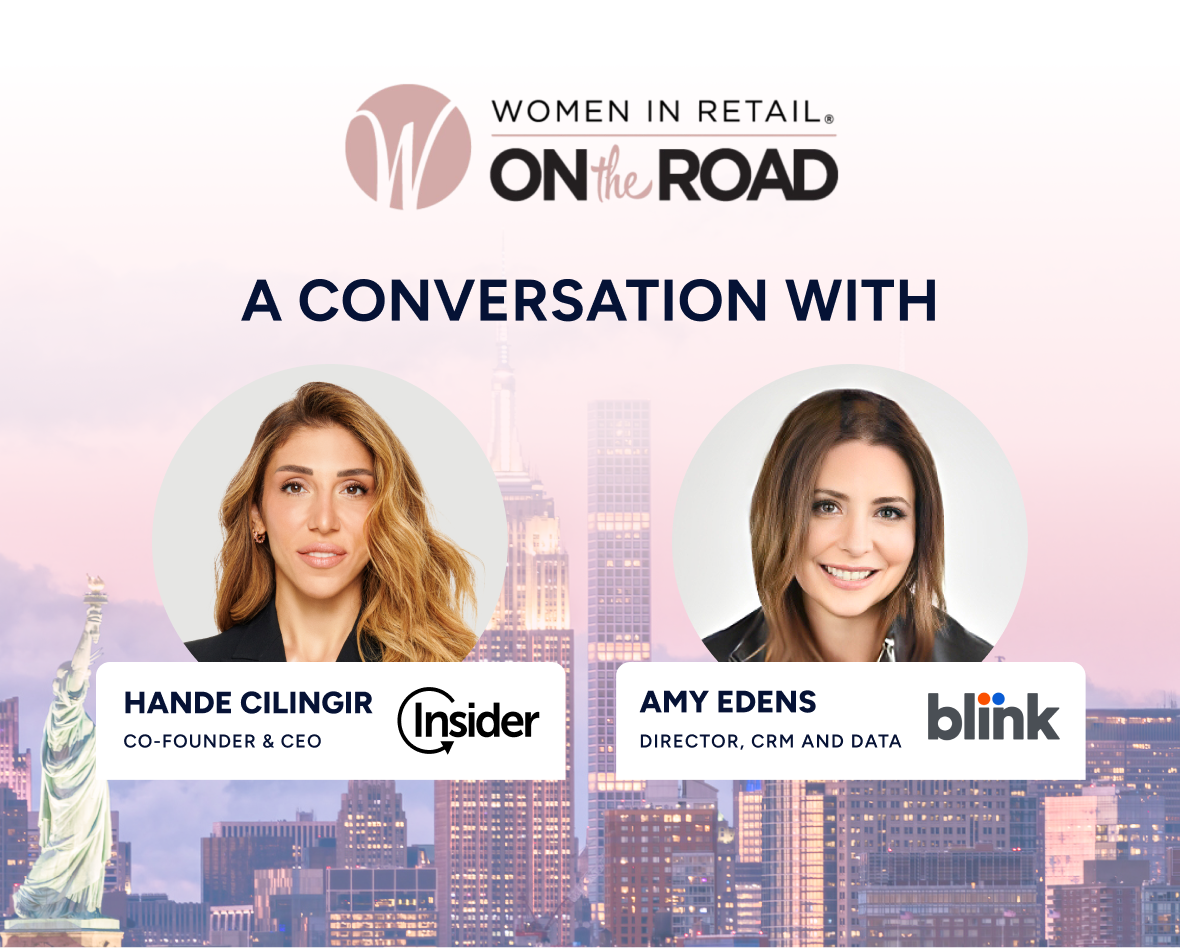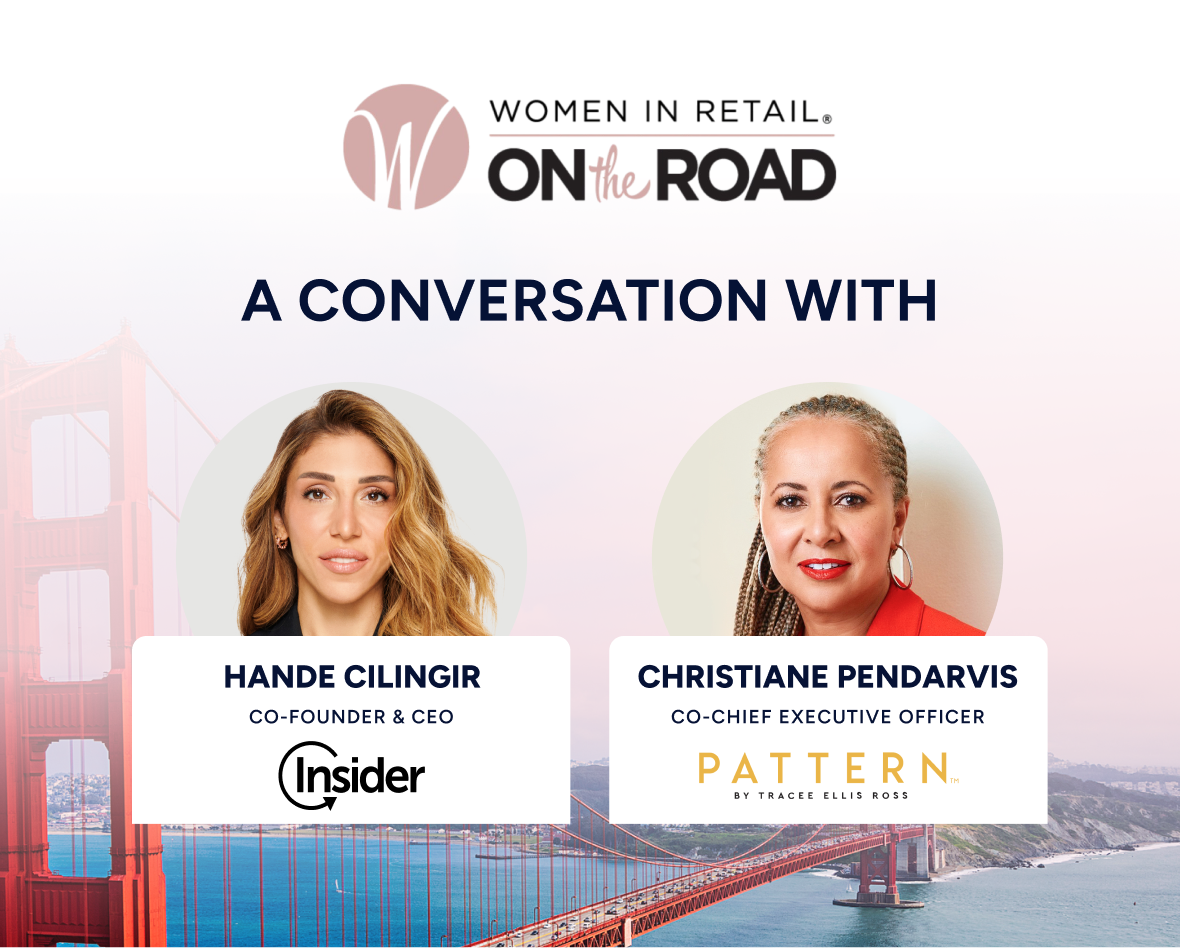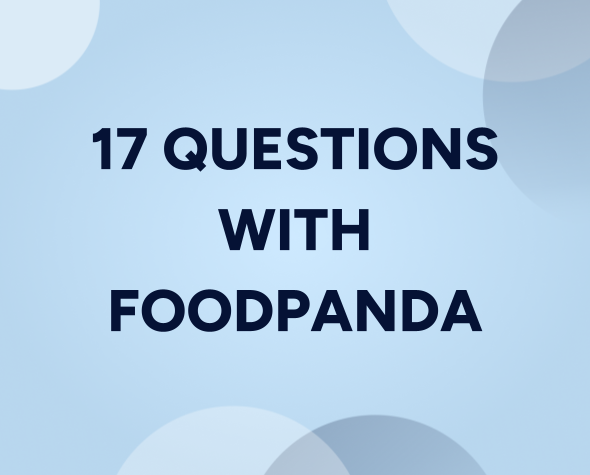Progressive web is coming: Here’s what you need to know about it
Updated on Sep 12, 2017
A quick peek on the fast-paced, reliable and engaging experiences promised by Progressive Web’s arrival
Progressive web (PWA) emerged as a concept given to applications that bring the appearance of the web site and the user experience to similar levels with mobile applications. Today, it’s becoming more and more voiced in the CX tech space. The idea behind PWA is to provide a fast, reliable and engaging application-like experience through a mobile browser. As Alex Russell, Google software engineer, explains: “PWA (Progressive Web Apps) blur the line between web content and applications, but it protects the strengths of the web.”
PWA works under this fundamental; When you enter Progressive Web supported sites in Chrome on your Android phone, Snackbar asks if you want to add this site to the home screen of your phone. If accepted, an icon is added to the phone as in applications. (You can think of this icon as a shortcut.) When you press the icon, you get rid of the mobile browser and experience the full-screen Progressive Web Apps like a mobile app. PWAs also use more parameters than mobile web by capturing user behaviors and preferences such as location tracking, so that the application can provide personalized messages or web page content that a particular user may be interested in. Another advantage is that offline execution of the application is provided by using the data stored in the pre-recorded memory in order to use the application even when the user is offline. Some suggest that PWAs may ultimately take the place of their current mobile websites but will offer app-like experiences.
What’s the buzz around PWAs?
Web Notifications: Allows you to easily send notifications through the notification system you use on your website. Once a website meets Google’s requirements, supported browsers require a visitor to download the PWA to their home screens. The PWA symbol has a similar appearance to a native application icon and is used as a placemark for easy access.
Offline-first: Allows your website to work offline, even when the user is not connected to the Internet. It allows you to use the application in offline mode (for example, when you do not have the internet on the subway), and also allows the user to reload the site quickly if the same page was loaded before.
Mobile Application Experience: Since PWA saves everything in an “application shell”, it uses the look and feel of a native application, complete with the interfaces and animations found in popular app store applications. Google developer guidelines use best practices to ensure that all staged web applications provide a good user experience.
Improves your metrics: Users spend more time on your pages thanks to features like push notifications, offline availability and higher speed.
User-oriented: Rail, a performance model that allows the user-centered page to load faster, is an important advantage of the PWA.
Why your brand should care?
Progressive Web is a development that has a wide range of uses and offers mobile app-like experiences. Offline accessibility, background synchronization such as holding your messages into its memory even you’re offline to deliver when your device is online, instant notifications, convenience, security, and a complete user experience are few things that progressive web can achieve. Talking about the progressive web, Sinan Toktay, CTO of Insider says, “Offering AI-backed segmentation and personalization capabilities built on predictive technologies across all platforms to help marketers deliver unique experiences has been one of our objectives. We took that further with Predictive Ad Audiences helping marketers leverage predictive segments in 3rd party ad channels and ESPs, which increases ad spend efficiency. Now, we are excited to take personalized customer experiences to a whole new level with the progressive web.”
Stay tuned for updates from Insider about the progressive web.





















